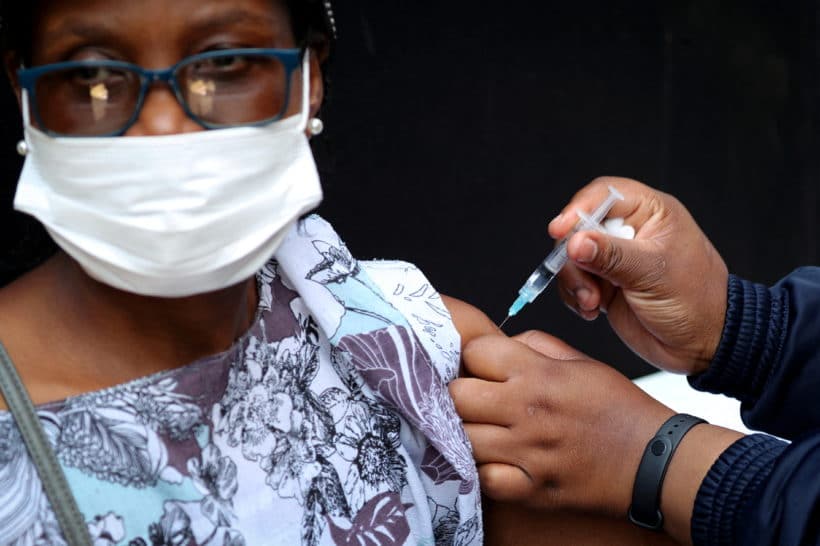
JOHANNESBURG, Feb 4 (Reuters) – South Africa is seeing more cases of the BA.2 sub-variant of the Omicron coronavirus variant and is monitoring it, but there is no clear sign that BA.2 is substantially different from the original Omicron strain, a senior scientist said on Friday.
Michelle Groome, from the National Institute for Communicable Diseases, showed in a presentation that BA.2 accounted for 23% of the 450 samples from January sequenced by South Africa’s genomic surveillance network and the original strain 75%.
Of the 2,243 samples from December that were sequenced, BA.2 accounted for 4% and the original strain 94%.
“We are seeing this increase with the BA.2, we are still trying to get more information on this particular sub-lineage … and so we are increasing sequencing from those provinces where we are seeing increases (in cases) monitoring the proportion that is due to BA.2,” Groome told a news conference.
“At this stage, there is no indication that there would be … differences between these different sub-lineages of Omicron. As we saw with Delta there were lots of lineages and we didn’t see a lot of difference between them, but we will keep monitoring,” she added.
Read more: WHO says the new omicron subvariant doesn’t appear to be more severe than the original
Asked whether there were signs BA.2 was causing different symptoms, she said she was not expecting marked changes. Scientists will analyse hospitalisation data for clues about the severity of illness linked to the sub-variant, she said.
South Africa entered a fourth wave of COVID-19 infections driven by Omicron late last year, shortly after alerting the world to the emergence of the highly transmissible variant.
Daily infections started to decline from mid-December after hitting a record of more than 26,000, and they have stabilised in recent weeks at about 3,000 new cases a day.
Health Minister Joe Phaahla said the country was not out of the fourth wave and there could be a fifth wave closer to winter. He said the past two weeks had been a bit of a “stalemate” in terms of new cases.
“There’s no serious decline and yet no worrying rise in infections,” he said, adding that the opening of schools and increased movement after the holidays could be reasons why there had not been a larger drop in new infections.
(Reporting by Alexander Winning Editing by Robert Birsel)

